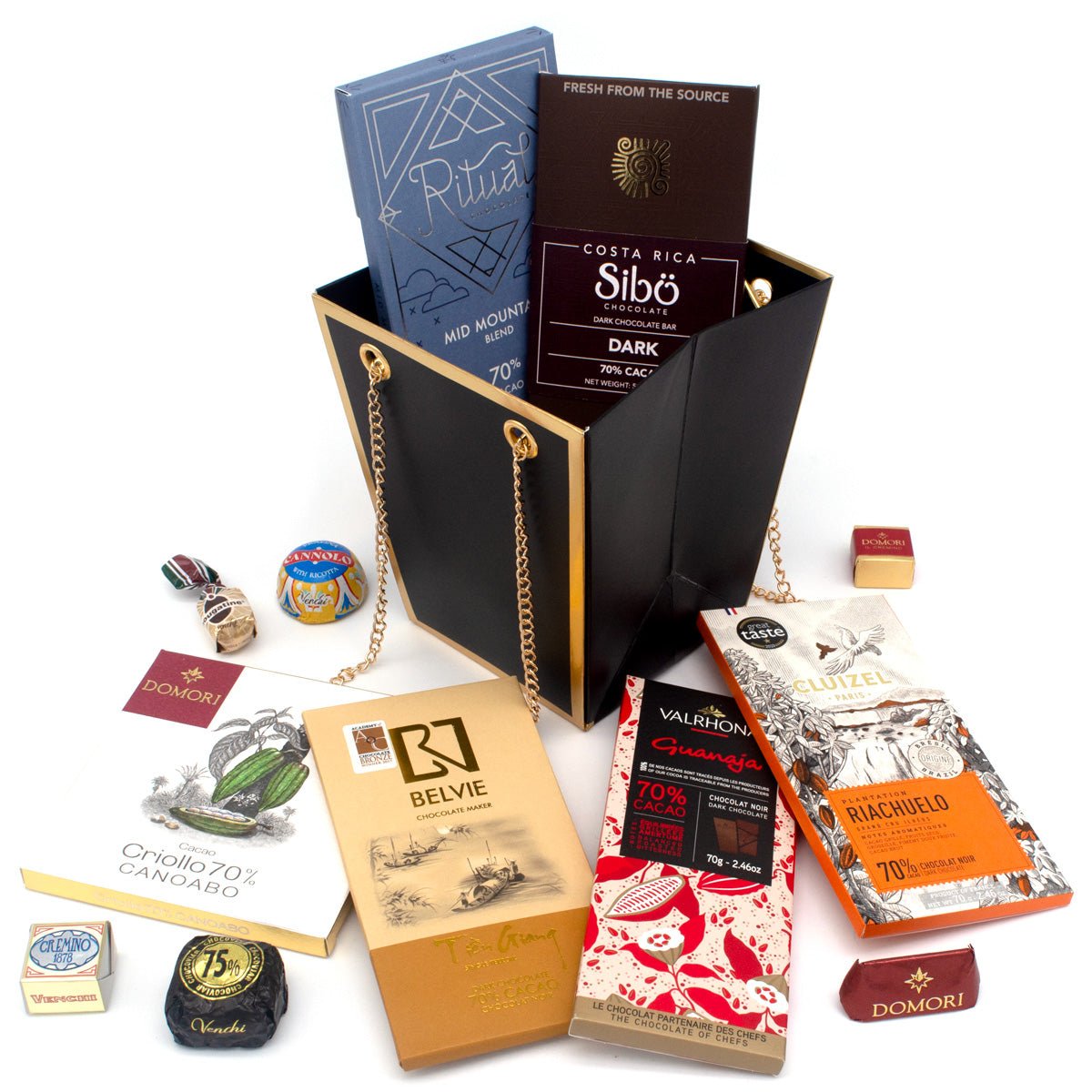Dark vs. Milk vs. White Chocolate: A Guide to Every Variety
A Simple Guide to the Three Main Types of Chocolate
Chocolate lovers know that not all chocolate is the same. Whether dark, milk, or white, each type offers unique flavor profiles, textures, and nutritional qualities. Let’s explore what makes them different — and which one might be best for you.
Dark Chocolate vs. Milk Chocolate
The biggest difference between dark and milk chocolate comes down to ingredients and flavor. Dark chocolate contains a higher percentage of cacao solids, the part of the cocoa bean that delivers most of chocolate’s antioxidants and beneficial compounds. These natural flavonoids are also found in fruits, vegetables, and red wine.
To qualify as dark chocolate, it must contain at least 35% cacao. It’s made from cocoa solids, cocoa butter, and sugar — and usually no milk. Milk chocolate, on the other hand, blends cocoa butter, sugar, and milk powder or cream, with about 10% cacao solids. This gives it a creamy, smooth texture but reduces its cacao content.
So, is dark chocolate better than milk chocolate? That depends on what you value. Dark chocolate generally contains less sugar and more antioxidants, making it a better choice for those looking for potential health benefits. If you’re aiming for maximum nutritional value, look for dark chocolate with at least 65% cocoa.
No matter which type you prefer, choosing quality is key. Cheaper chocolates may replace cocoa butter with palm oil or other additives, reducing both taste and health benefits.
White Chocolate vs. Dark Chocolate
White chocolate is made differently from dark or milk varieties — it contains no cacao solids. Instead, it’s crafted from cocoa butter, sugar, and milk powder. This gives it its signature ivory color and a sweet, creamy flavor.
Because white chocolate lacks cacao solids, it doesn’t offer the same antioxidant benefits as dark chocolate. However, it isn’t without merit. High-quality cocoa butter still contains antioxidants and adds a luxurious texture and aroma.
If you’re sensitive to caffeine, white chocolate might be your best choice — it contains none at all. In contrast, dark chocolate has the highest caffeine content of the three, though still far less than a cup of coffee.
Ultimately, the “better” chocolate depends on your taste and preferences. Whether you crave the deep richness of dark chocolate, the smooth sweetness of milk chocolate, or the buttery indulgence of white chocolate, there’s a perfect variety for every palate.
